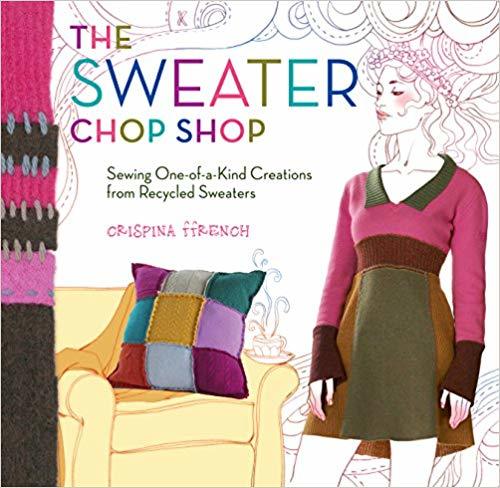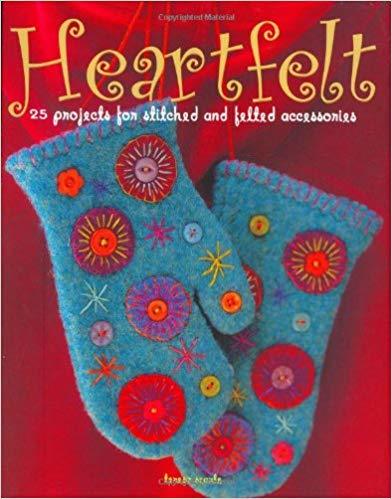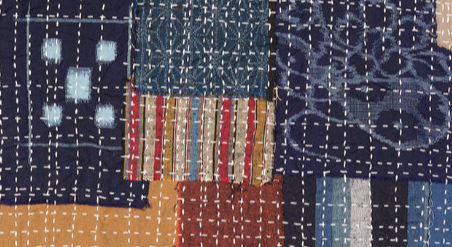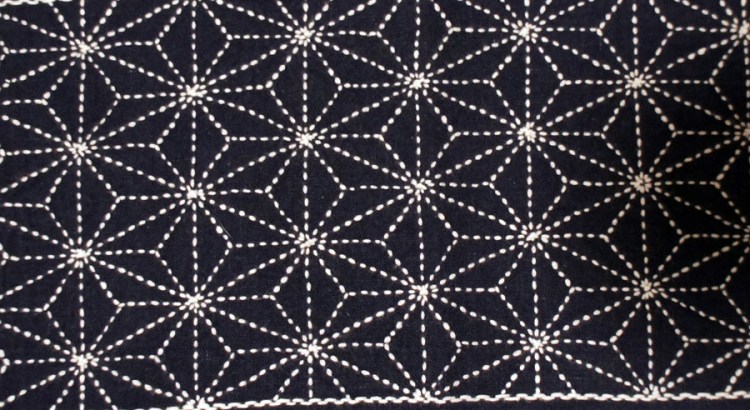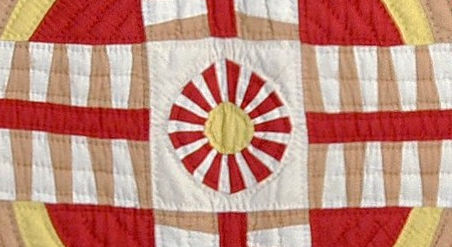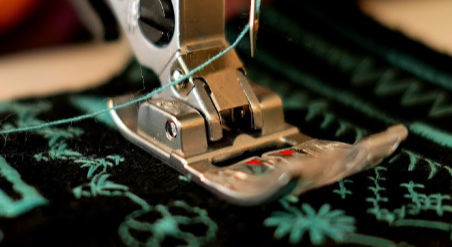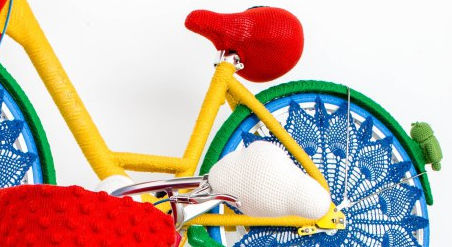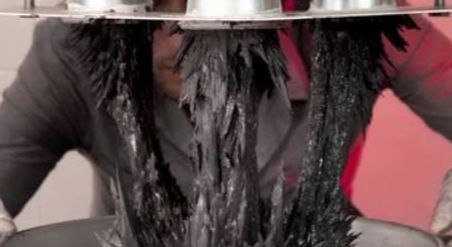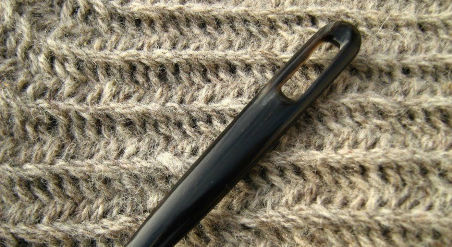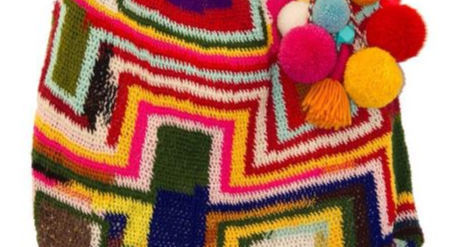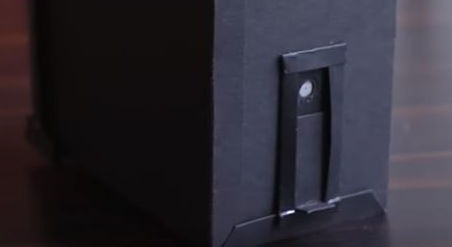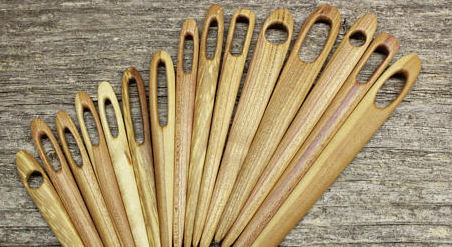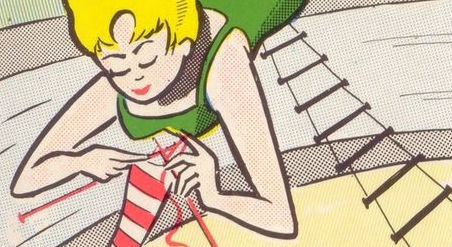How to Felt a Wool Sweater
If you’ve thrown a sweater into the wash thinking it will survive the machine's tossing and turning without too much shrinkage, and then been surprised by the pint-sized sweater that you pull out after the final rinse cycle, then you know how to make your own felted wool.
I’ve learned from my washing mistakes, and now I look at my aging sweaters and determine whether they can be rehabilitated into a new life through the magic of shrinkage.
Wool that's been agitated in hot water changes its characteristic stretchiness, as the fibers tighten and become matted together. The resulting dense felted fabric is no longer a sweater that can unravel.
Rather, It's felted wool that can be cut and sewn together without fear of fraying. It’s got a new life as a stronger, more durable and warmer fabric that's now ready to be turned into mittens, scarves, hats, skirts, slippers, ponchos, capes, shawls, and quilted bedcovers.

After you intentionally shrink your first sweater, you'll begin to see the possibilities of working with this fabric, and you might end up collecting sweaters for future projects just like you'd do with fabric for quilting, building an inventory of different colors, weights, and stitch patterns.
When searching for sweaters to felt, keep in mind that you want the wool content to be at least 80%. Every sweater with at least 80% wool is brimming with possibilities. Men's Size XXL sweaters will give you larger pieces of felt post-washing. Baby and kids sweaters might come in patterns you wouldn't find in adult sweaters. And sweaters with extra long ribbing might come in handy for making mittens.
· Don't miss: American Crafts, Preserving Textiles, and Crafting Resources.
Tips for felting:
- Wash like colors together
- Set machine to the highest hot setting
- Add a small amount of laundry liquid
- Check on the sweater every 5 minutes or so
- Remove the sweater from the machine when the shrinkage is just right - if it's balled up and won't lie flat, it's been shrunk too much
- Lie the sweater flat for air drying
- If you want more shrinkage, put the damp sweater in the dryer, and check on it frequently
You can also felt sweaters by hand:
- Fill up a basin with hot water and a little liquid soap
- Add the sweater to the water
- Scrub and agitate the sweater until it shrinks
- Make sure you rinse all the detergent out
- If necessary, toss it in the dryer for more shrinkage - be sure to check on the shrinkage every few minutes so it doesn't over-shrink
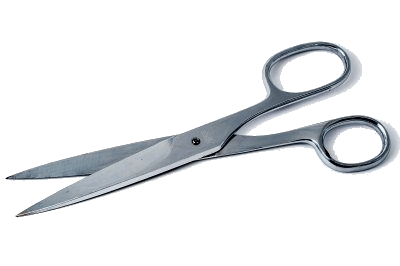
Once the sweater is dry, disassemble it:
- Cut off buttons
- Turn the sweater inside-out so the seams are exposed
- With a good pair of scissors, cut close to a side seam all the way up to the sleeve
- Cutting close to the shoulder seam, cut the sleeve off
- Cut along the shoulder seams
- Cut the other sleeve off
- Don't cut the second side seam
- Leave the main body of the sweater as one piece - you might want a big section for a project
- On each sleeve, cut down the sleeve seam, giving you a flat piece of felted wool
- As you're cutting the sweater apart, keep an eye out for moth holes and stains
- Put a piece of paper tape over any holes and stains you find, so you can make sure to cut around the blemishes.
More tips:
If you need to store your felt, make sure you put your pieces in a dry, covered container, away from moths and other bugs.
To keep bugs away, you can add a couple of drops of Rosemary, Cedarwood, or Thyme essential oil to cotton balls and add them to your felt storage container. You can also add a lavender sachet.
If you’d like a more detailed explanation of turning sweaters into felted material with before-and-after photos, Make Magazine offers some advice and a felting how-to article.
Sweaters that are partial wool can also be upcycled, but won't be fray-proof like felted wool. To deconstruct the sweater, cut into pieces by following the seams.
In the making of any project with non-felted sweaters, you'll need to stop any potential fraying by machine stitching zig-zags on all the raw, cut edges.
Next, watch a thrifty knitter source sweaters to be deconstructed for their yarn at DIY Mindset.
Below are three books about working with sweaters and felted wool. Click on a link to see them or purchase them on Amazon. [As an Amazon Associate I earn from qualifying purchases (at no extra cost to you).]
POPULAR POSTS
Follow a tutorial for making a patchworked bag with Sashiko topstitching. | Follow tutorials for how to create traditional Japanese embroidery stitching. | Explore a library's digitized vintage maps, which you can download for free. | Learn from a museum textile curator how to best care for your quilts. |
Learn to make a basket weave pattern quilt from scraps of fabric. | Sisters Lorna and Jill Watt create amazing yarn bomb installations . | Ceramic artists create fantastical structures using magnetic clay. | Learn about a Viking fabric-making technique which pre-dates knitting. |
Follow a tutorial for making a bilum bag - PNG's traditional fabric. | Learn to make a pinhole camera; develop paper film with common items. | Learn about a stretchy fabric made with connected loops. | Free digitized knitting magazines 1800 - now. |
